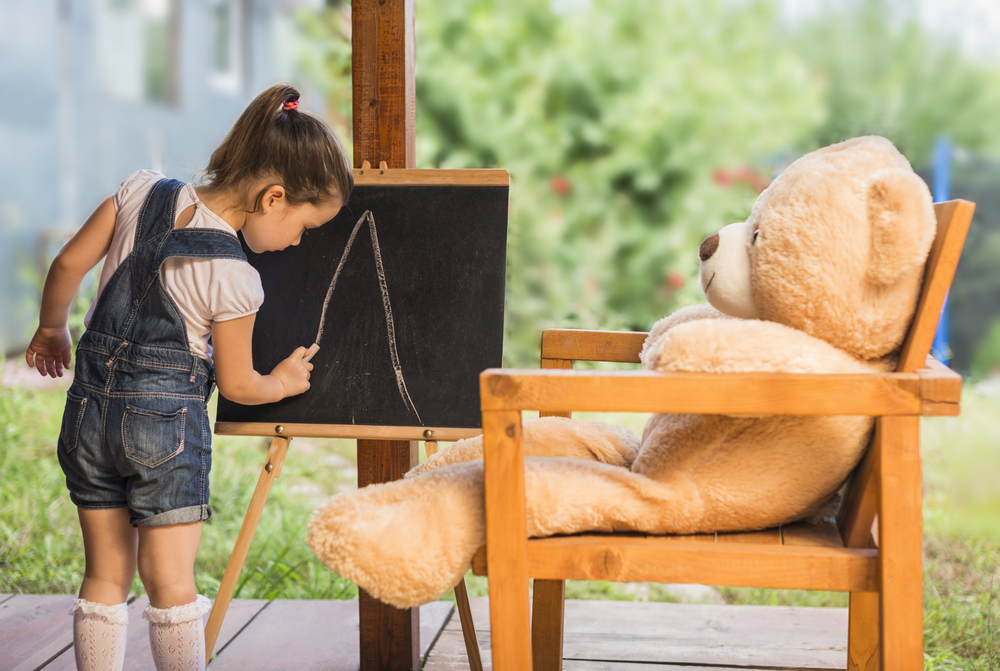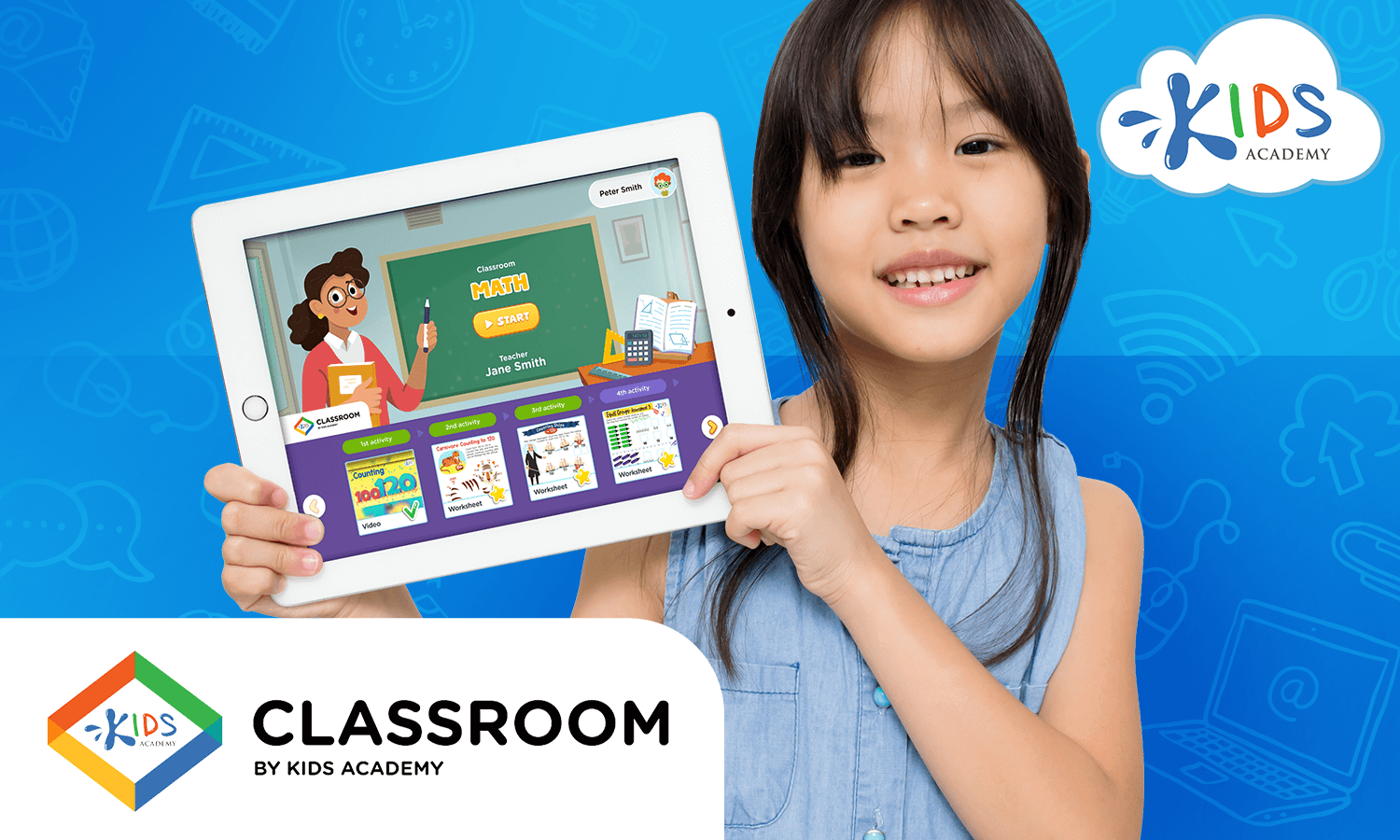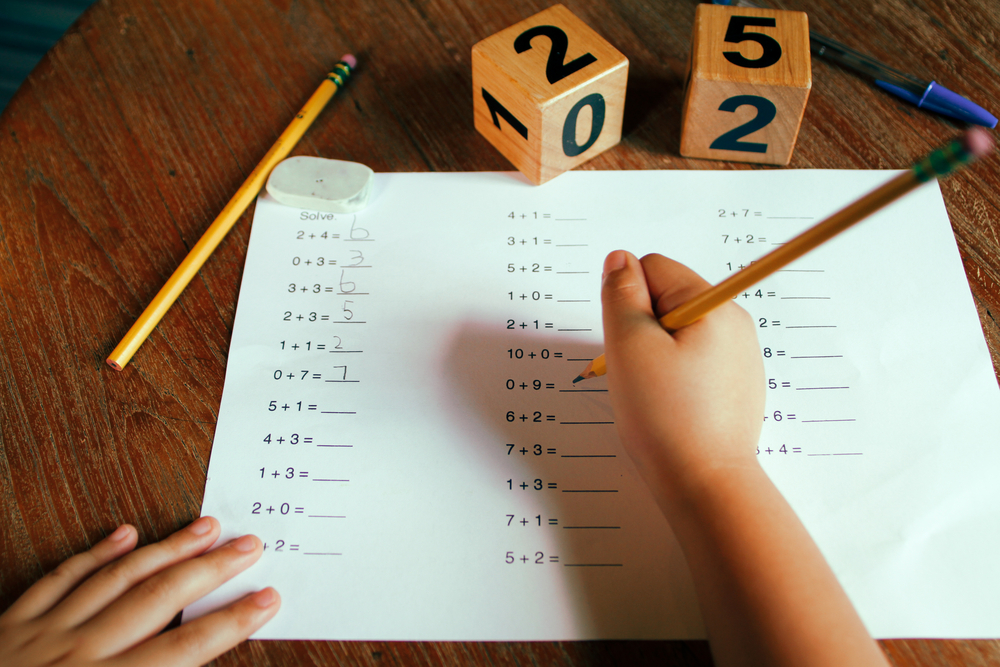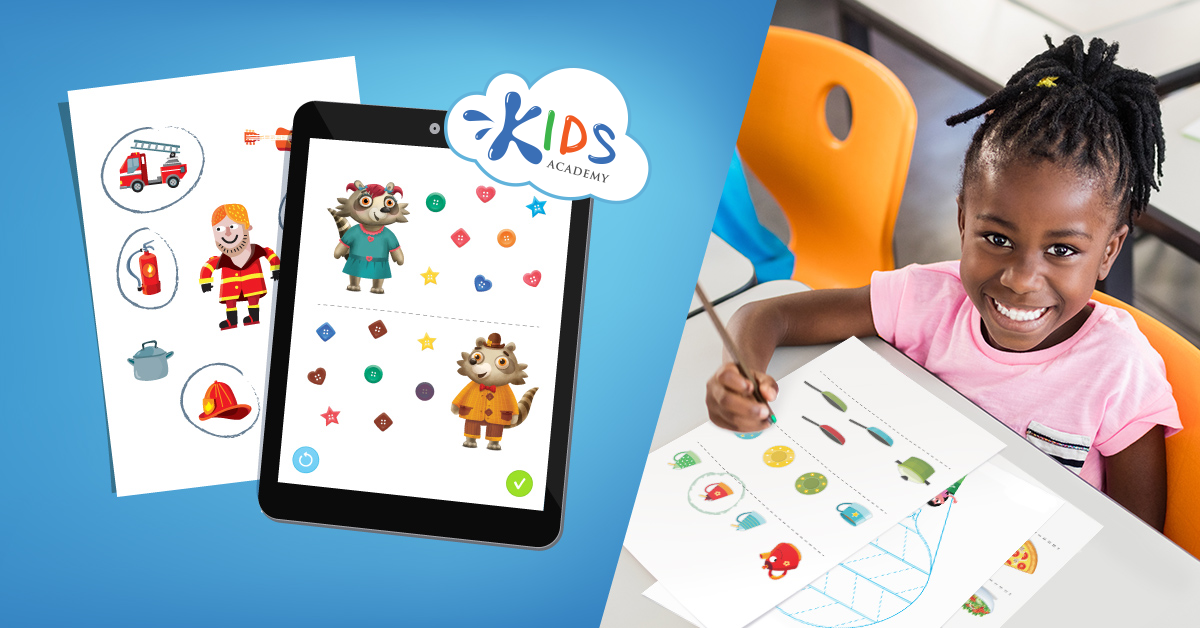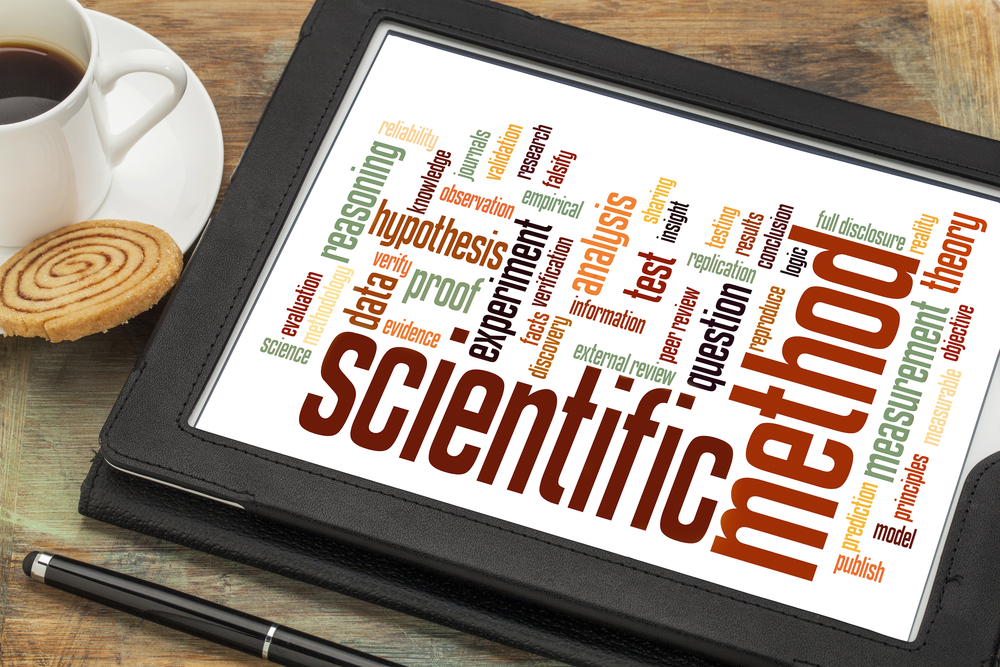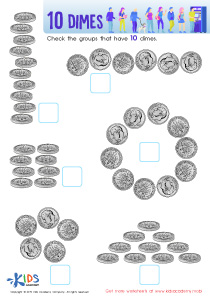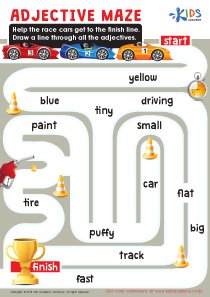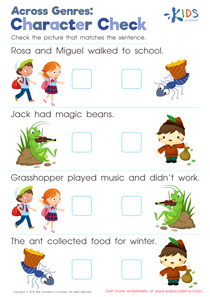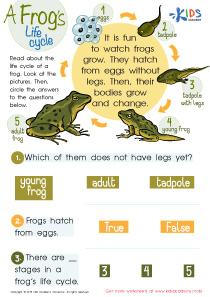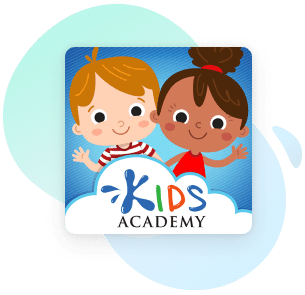2-PS1-2 2.Matter worksheets With Answers for Grade 2
2 filtered results
Difficulty Level
Grade
Age
-
From - To
Subject
Activity
Standards
Favorites
With answer key
Interactive
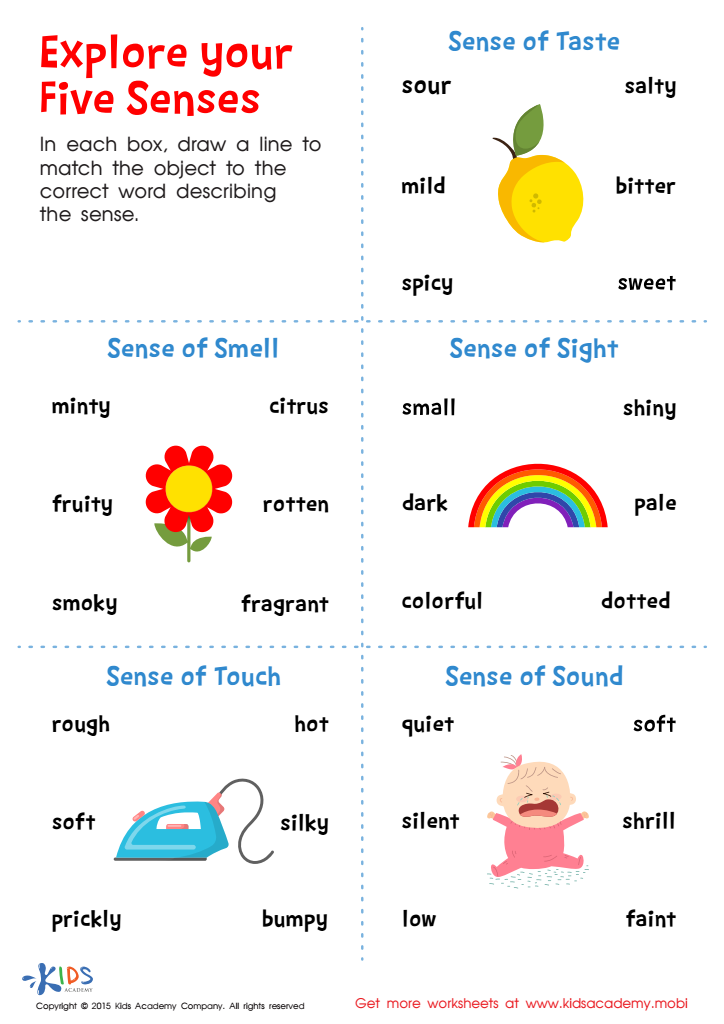

Explore Your Five Senses Printable
Encourage your child to use their senses and build their vocabulary with this 5 senses matching worksheet. Read, define unfamiliar words and connect each adjective with examples from real life. Help your child recognize and use sensory words in their daily vocabulary and writing. Get the most out of this resource and help your learner practice reading!
Explore Your Five Senses Printable
Worksheet
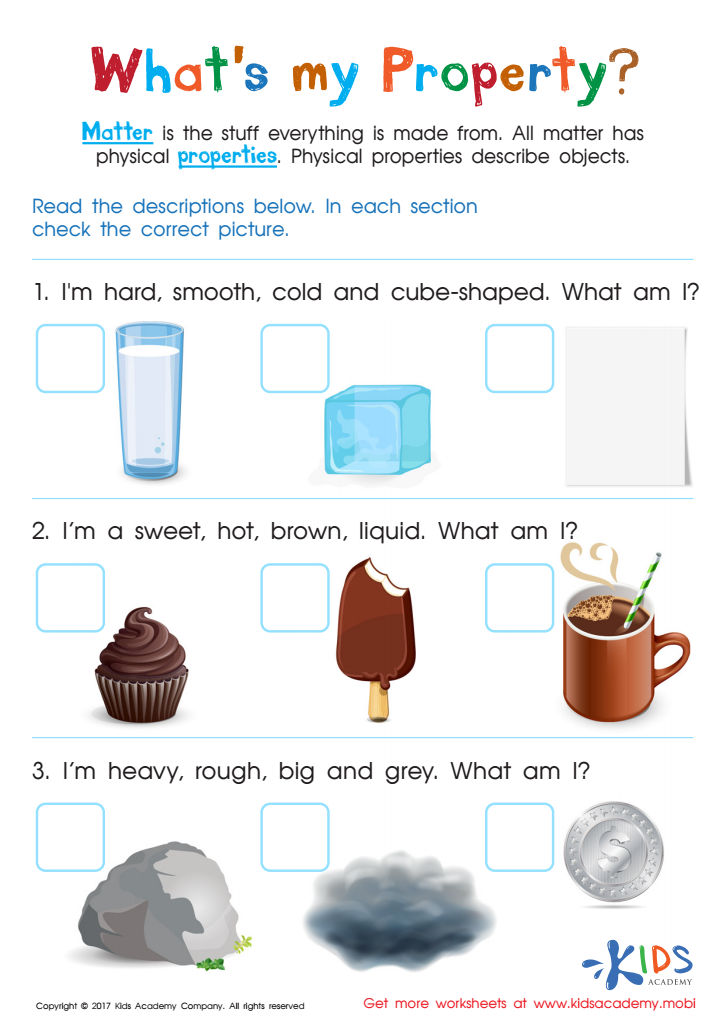

Physical Properties Of Matter Worksheet
This physical properties of matter worksheet helps them explore liquids, gases and solids in an engaging way. Try it today! (80 words)
Physical Properties Of Matter Worksheet
Worksheet
 Assign to the classroom
Assign to the classroom
